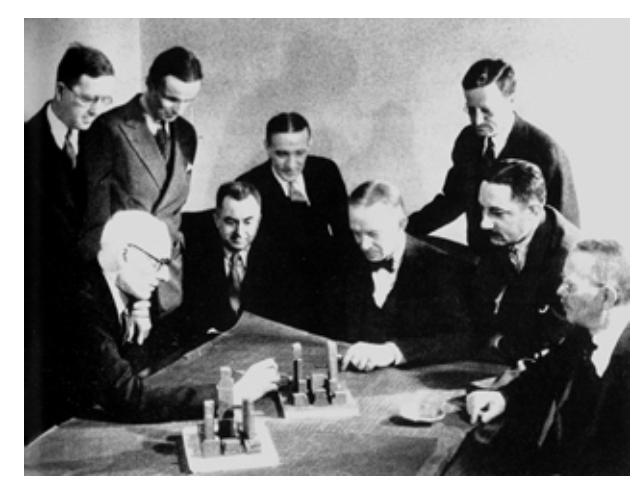Delirious New York : A Retroactive Manifesto for Manhattan
Delirious New York: A Retroactive Manifesto for Manhattan

In sense of Crazy New York is not only the masterpiece of Koolhaas in his juvenile but also his main point of view on architecture and city. For Koolhaas, "Crazy New York" not the only manifesto of his epistemology but also establishes his methodology. Throughout his later writings, whether it is "big" "Generic City" or the recent "Junk Space", there is no change in the basic point of view. His observations of Atlanta about the investigation of Singapore and the Pearl River Delta, and his arguments are also like "Crazy New York." In general, "Crazy New York" is not based on debates about the various genres, styles, sources, or philosophies in architecture. It is a book about the history and culture of New York City but deliberately keeps a distance from traditional methods of architectural research.
The content mainly consists of two parts. The first part, which describes the early development history of New York and the development process of Coney Island. The construction of skyscrapers in the early 19th and early 20th centuries, the construction and surrounding of Rockefeller Center It is the story and related characters, as well as the Europeans and New York's entanglements and different attitudes towards the skyscraper.
Then, the second part is about the composed of a series of designs and texts about New York made by Koolhaas and Zenglis. The purpose of Koolhaas is certainly not to write a history of urban development or architectural criticism in general New York and Manhattan. The subtitle of the book is "A Retrospective for Manhattan", which clearly conveys Koolhaas's intention: to use a living urban specimen such as Manhattan to establish a model of anti-Utopia, to give orthodoxy The "Culture of Congestion", represented by New York and its skyscrapers, deserved its position in the architectural theory system. For Koolhaas, the foundation of architecture is not Palladio and the Renaissance, but the urban grid and skyscrapers of Manhattan. He wants to say what the mainstream architectural Discourse cannot and cannot say. In the foreword he declared that "Manhattan is the stone of Rosetta in the 20th century", and he is going to be its spokesperson and ghostwriter.
Alvin Wan Yuan Lee
1001852664
Comments
Post a Comment